Koei Tecmo has been making hack-and-slash action games for a long, long time. In fact, the Samurai Warriors series began on the PlayStation 2 and Xbox in 2004. Thirteen years later, the latest release in the franchise, Samurai Warriors: Spirit of Sanada, has arrived in the West for the PlayStation 4 and PC.
A sister series to the Dynasty Warriors franchise, Samurai Warriors carries with it many of the elements which made that set of games beloved by hack and slash aficionados the world over. Spirit of Sanada captures a lot of that lightning in its own bottle, but ultimately, some of it escapes, leaving the experience dimmer than its predecessors.
Spirit of Sanada is a Samurai Warriors Sequel
Don’t be fooled because there’s not a number in the title: Spirit of Sanada is a Samurai Warriors sequel through and through. Taking place in the Sengoku period of Japanese history, where warlords and daimyo vied for power and supremacy across the island, Spirit of Sanada follows the eponymous Sanada clan as they fight for both the Takeda and Oda clans.
Spanning 54 years of Japanese history, players follow Masayuki Sanada and his sons Nobuyuki and Yukimura. Unlike other games in the franchise, secondary and subsidiary characters are often kept to a minimum — in fact, it’s nearly 15 hours or so before players are able to take control of Masayuki’s son Yukimura, taking him toward his final battle against the Tokugawa shogunate at Osaka Castle.
Unlike other games in the franchise, secondary and subsidiary characters are often kept to a minimum. As the game’s multi-stage battles unfold (more on that in a bit), players predominantly find themselves playing as Masayuki Sanada — but as the game progresses, new characters slowly come under the player’s control for various tangential battles across Japan. In fact, it’s nearly 15 hours (depending on how quickly players advance through Spirit of Sanada) before players are able to take control of Masayuki’s son Yukimura, taking him toward his final battle against the Tokugawa shogunate at Osaka Castle.
These secondary characters have many of their own fighting styles, weapons, and special moves that add layers to Spirit of Sanada‘s gameplay, but unfortunately, many aren’t available for a majority of the primary battles found throughout the game. With a roster of 60 characters, it seems like a bit of a waste — even if (somewhat) historically accurate — to keep these characters locked to specific battles and skirmishes.
Combat is Repetitive, But Stays True to the Series’ Roots
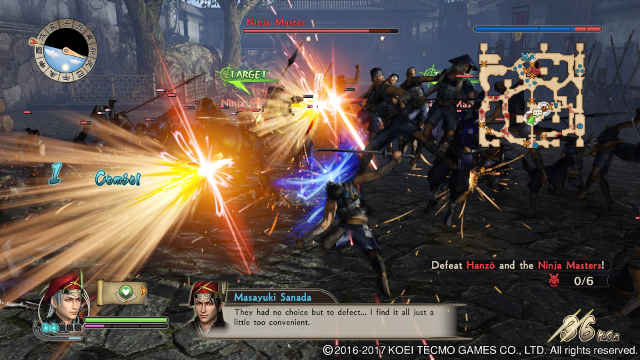
Make no bones about it: Samurai Warriors: Spirit of Sanada doesn’t reinvent the wheel in regards to its combat. Unabashedly hack-and-slash, Spirit of Sanada‘s combat unfolds over various chapters that see the Sanada Clan clash with warlords and daimyo in a plethora of multi-stage battles across Japan. These battles often begin at the game’s Castle hub, where players are able to gear up, buy potions, buffs, and new weapons — or train, fish, farm, and advance the story by speaking with townspeople and other warriors and warlords.
Venturing out into the dangerous lands of 16th-century Japan, players find themselves battling in various locales. And while many of the major battles of the period are represented in these newly implemented multi-stage skirmishes, players are also able to take part in less prominent battles leading up to the major ones. That means that there’s a variety of battlefields in Spirit of Sanada — at least in theory. While each location has myriad obstacles to overcome, feudal Japanese castles to sack, open fields to gallop through, and tight valley passes through which generals can flank enemy battalions, many of the maps end up looking cookie cutter the longer the game goes on.
This only underpins the repetitive hack-and-slash combat Spirit of Sanada employs. Killing thousands upon thousands of footsoldiers and countless lieutenants and commanders is a blast in the game’s early stages, but as time marches on, battles take on a sluggish quality — not because of the speed at which battles unfold, but because of the never-ending glut of enemies thrown at the player.
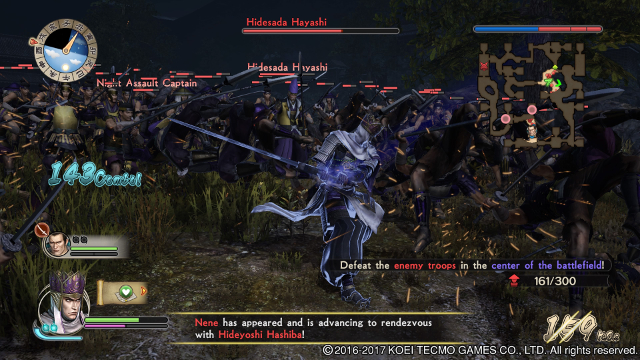
There’s an interesting wrinkle Spirit of Sanada adds to the series’ traditional gameplay, but it’s not quite enough to pull new players out of the mire combat becomes in Sanada‘s mid-to-late game. (Though I will concede that long-time fans of the series won’t mind the endless barrage of enemies constantly thrown at them in each battle.)
As engagements unfold, players are able to enact Strategems that work to affect the tide of battle. Often made available from prior engagements, exploring the Japanese countryside, or taking part in subsidiary battles where players achieve special objectives, Strategems range from flanking enemy forces at key moments to providing reinforcements and provisions to units on the front lines.
However, as interesting as this mechanic is to the game’s core gameplay, it rarely feels that these Strategems turn the tide of battle one way or the other. If you miss the window to enact a Strategem, you won’t necessarily lose the battle at hand. Sure, things may unfold differently or your path to victory may become (slightly) more difficult, but I never once found myself in a situation I couldn’t hack and slash my way out of. But if you’re a completionist going after the Strategist and Master Strategist trophies, you’ll want to make sure you get these Strategems and use them because they do affect your battle rankings.
However, even with these wrinkles in its gameplay, Samurai Warriors: Spirit of Sanada is kind of a mash-fest, one where combos don’t really matter and each character’s special ability and Musou attack should be spammed as much as possible. Like I said earlier, this is something fans of the series will be fine with, but the combat here doesn’t do a whole lot to differentiate itself from other installments in the Samurai Warrior or Dynasty Warrior franchises. And at the end of the day, it’s kind of a shame that Omega Force didn’t push this iteration a bit further in this arena.
Spirit of Sanada is a Competent Addition to the Franchise but Doesn’t Really Move it Forward
Honestly, that’s my biggest gripe about Samurai Warrior: Spirit of Sanada: it doesn’t do too much to actually take the series to new heights. Sure, there are new elements like fishing that juxtapose and supplement new features like fishing, but overall, the game is verily similar to other installments of the franchise.
While multi-tier battles add new wrinkles to the formula, pushing the player to fight through battles tactically (to some extent), the core gameplay is indelibly the same. And while Spirit of Sanada will assuredly satiate fans’ thirst for more hack and slash melodrama until the next iteration drops, it’s a missed opportunity for Koei Tecmo to take a stab at something entirely new and innovative.
Koei Tecmo provided a copy of Samurai Warrior: Spirit of Sanada for review.

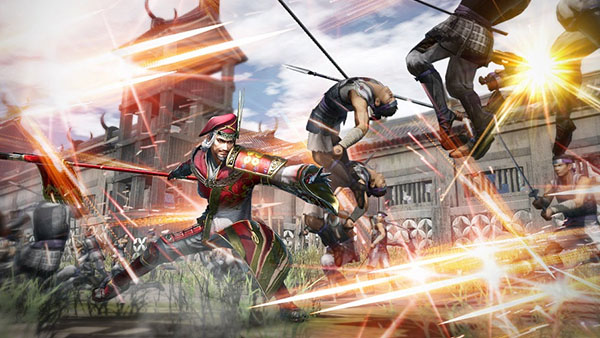
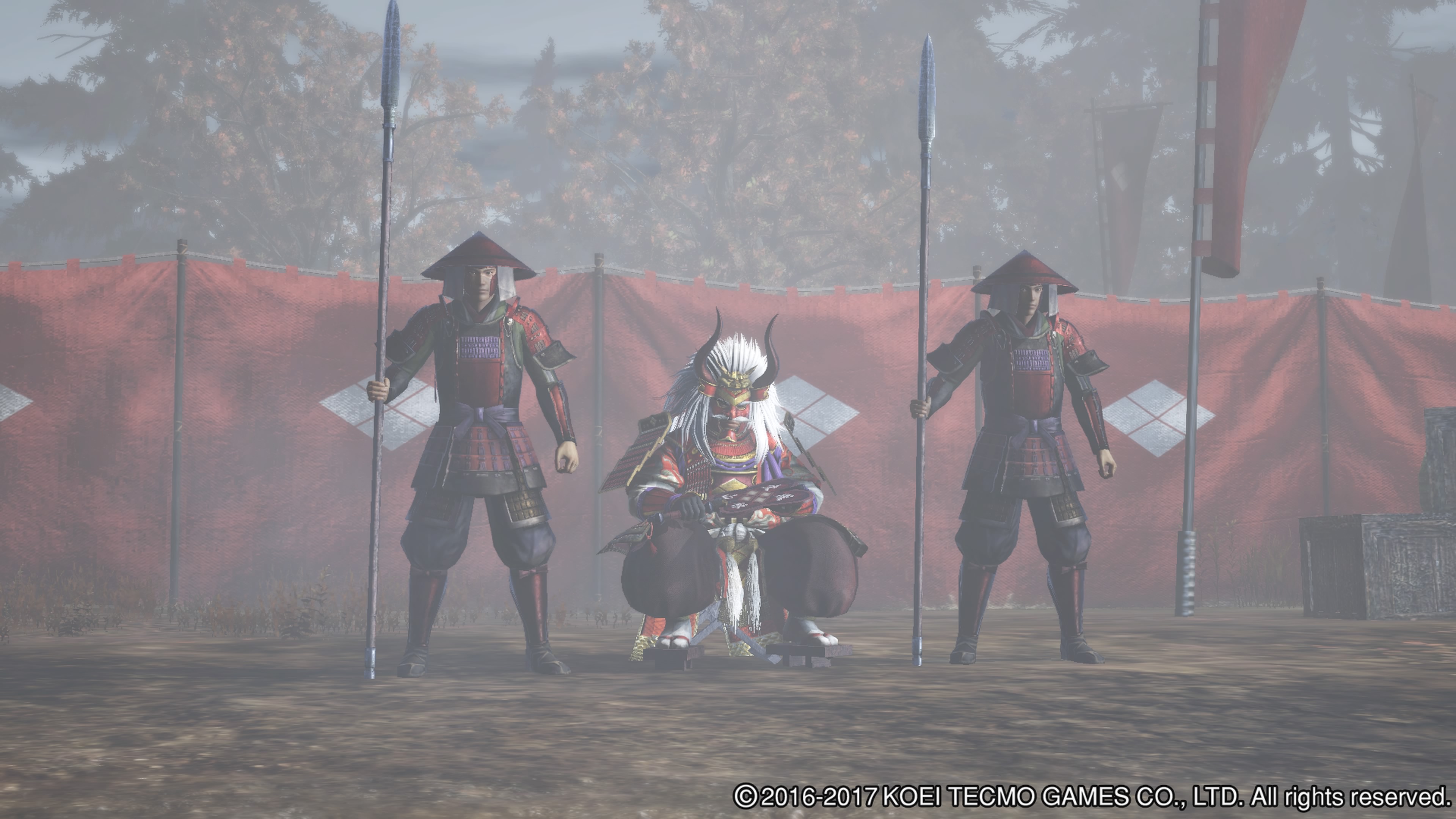
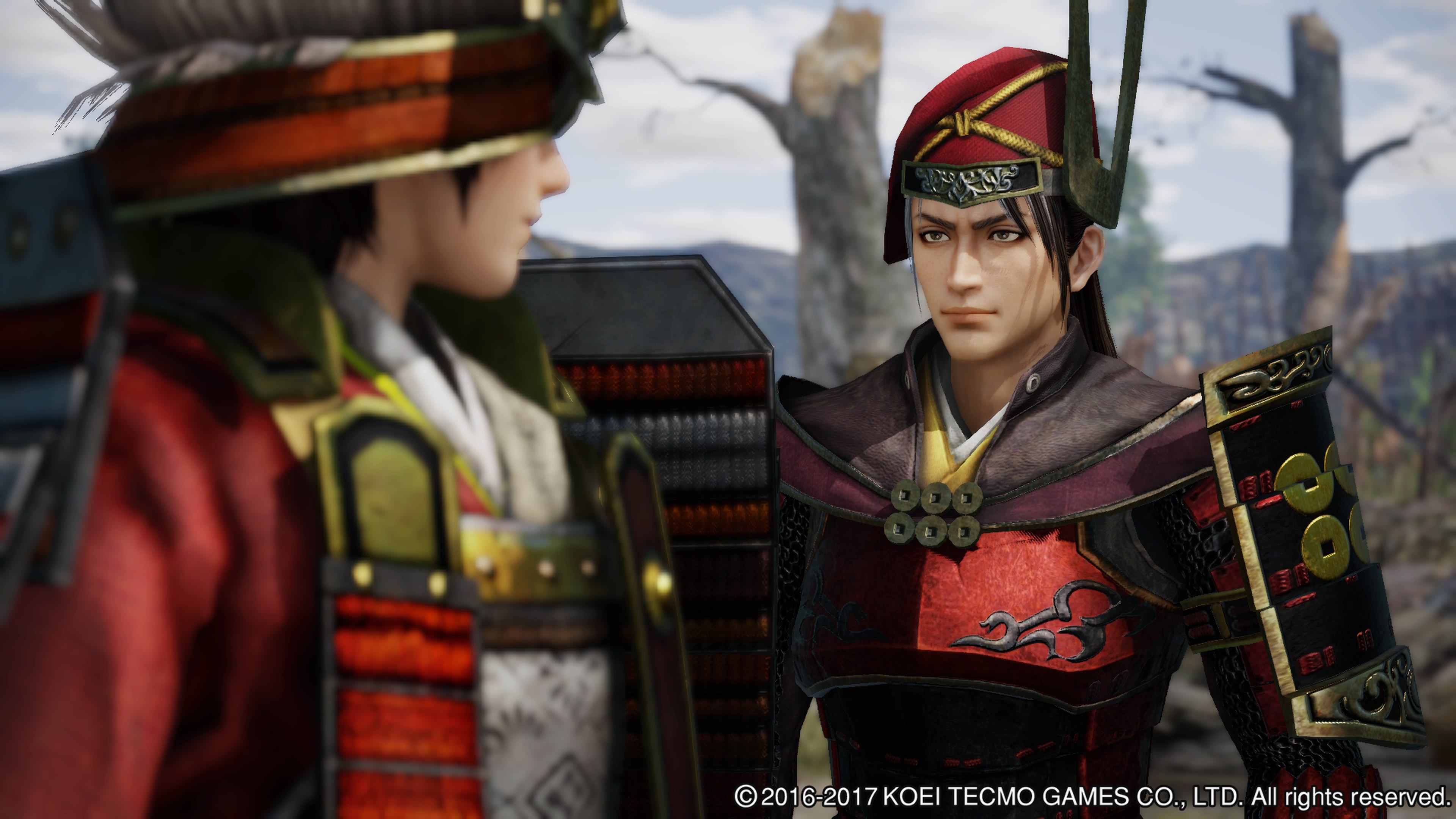





Published: May 24, 2017 09:56 am